The culture of Mozambique is in large part derived from its history of Bantu , Swahili, and Portuguese rule, and has expanded since independence in 1975. The majority of its inhabitants are black Africans. Its main language is Portuguese . Its median religion is Roman Catholicism , but only about 40% of the inhabitants are Christian . It has a rich history in the areas of arts, cuisine, and entertainment.
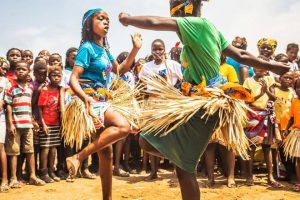
The main ethnic groups in Mozambique are Makhuwa, Tsonga, Makonde, Shangaan, Shona, Sena, Ndau, and other indigenous groups. There are approximately 45,000 Europeans, and 15,000 South Asians. The main religious groups in Mozambique are Christian (57%), Muslim (20%), Indigenous African, and other beliefs.
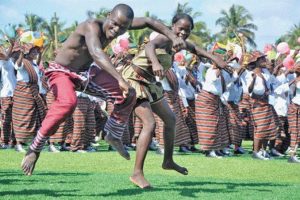
Health is an expansive concern in Mozambique. With limited resources and funds, the life prospects for Mozambicans are relatively low when placed in comparison to other nations, and comparable when compared to neighboring states. The infant mortality rate for 2016, has been calculated at 67.9/1,000. The overall life expectancy is approximately 55 years.
The official language is Portuguese, English is sometimes spoken in major cities such as
Maputo and Beira. According to the 2007 census, 50.4% of the national population aged 5 and older (80.8% of people living in urban areas and 36.3% in rural areas) is fluent in Portuguese, making it the most widely spoken language in the country. The other languages spoken in Mozambique include Emakhuwa (at 25.3%), Xichangana (at 10.3%), Cisena (at 7.5%), Elomwe (at 7%), Echuwabo (at 5.1%), and a variety of other languages.
Most of the people in Mozambique practice native beliefs and are Christians, mostly Roman Catholics and some Protestants. Christianity is a Portuguese influence. A few Muslims mostly
Arabs and Blacks in northern part of the country, Buddhists (mostly Mahayana and
Chinese), and Hindus (virtually Indian and Pakistani ) are also important.
Only 1/3 of Mozambicans over the age of 15 are able to read and write. Primary education in Mozambique is free. However secondary education is not free. At the end of 1995, about 60% of primary school aged children attended Primary School. A very small percentage of these students, about 7%, move onto secondary school.
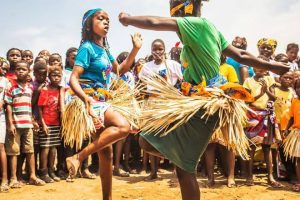
The music of Mozambique can serve many purposes, ranging from religious expression to traditional ceremonies. Musical instruments are usually handmade. Some of the instruments used in Mozambican musical expression include drums made of wood and animal skin; the lupembe , a woodwind instrument made from animal horns or wood; and the marimba , which is a kind of xylophone native to Mozambique. The marimba is a popular instrument with the Chopi of the south central coast who are famous for their musical skill and dance. Some would say that Mozambique’s music is similar to reggae and West Indian calypso. Other music types are popular in Mozambique like marrabenta and other Lusophone music forms like fado , samba , bossa nova , and maxixe with origins from Maxixe and Kizomba.
Dances are usually intricate, highly developed traditions throughout Mozambique. There are many different kinds of dances from tribe to tribe which are usually ritualistic in nature. The Chopi, for instance, act out battles dressed in animal skins. The men of Makua dress in colourful outfits and masks while dancing on stilts around the village for hours. Groups of women in the northern part of the country perform a traditional dance called tufo, to celebrate Islamic holidays.
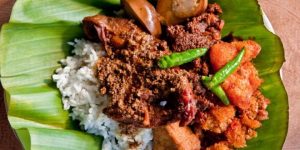
Mozambican cuisine is rich and varied, reflecting both its traditional roots as well as outside influences. Flavourful spicy stews eaten with rice or steamed cornmeal dough are common. With its long coastline and rich fishing presence, fish is a key part of the national diet. The country is famous for its shellfish, such as prawns and crayfish, and its combination of seafood dishes with the spicy Piri-Piri sauce which literally translates to “Spicy-Spicy”.
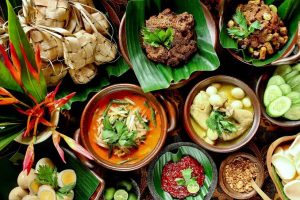
One particular stew that is without Portuguese influence is Matapa , which is usually made with cassava leaves, cashews, crab, shrimp and coconut milk. Another important dish is Piri piri chicken, which is grilled chicken basted in piri piri sauce and served with fries. Like its African neighbors.
Cometosouthernafrica update.

